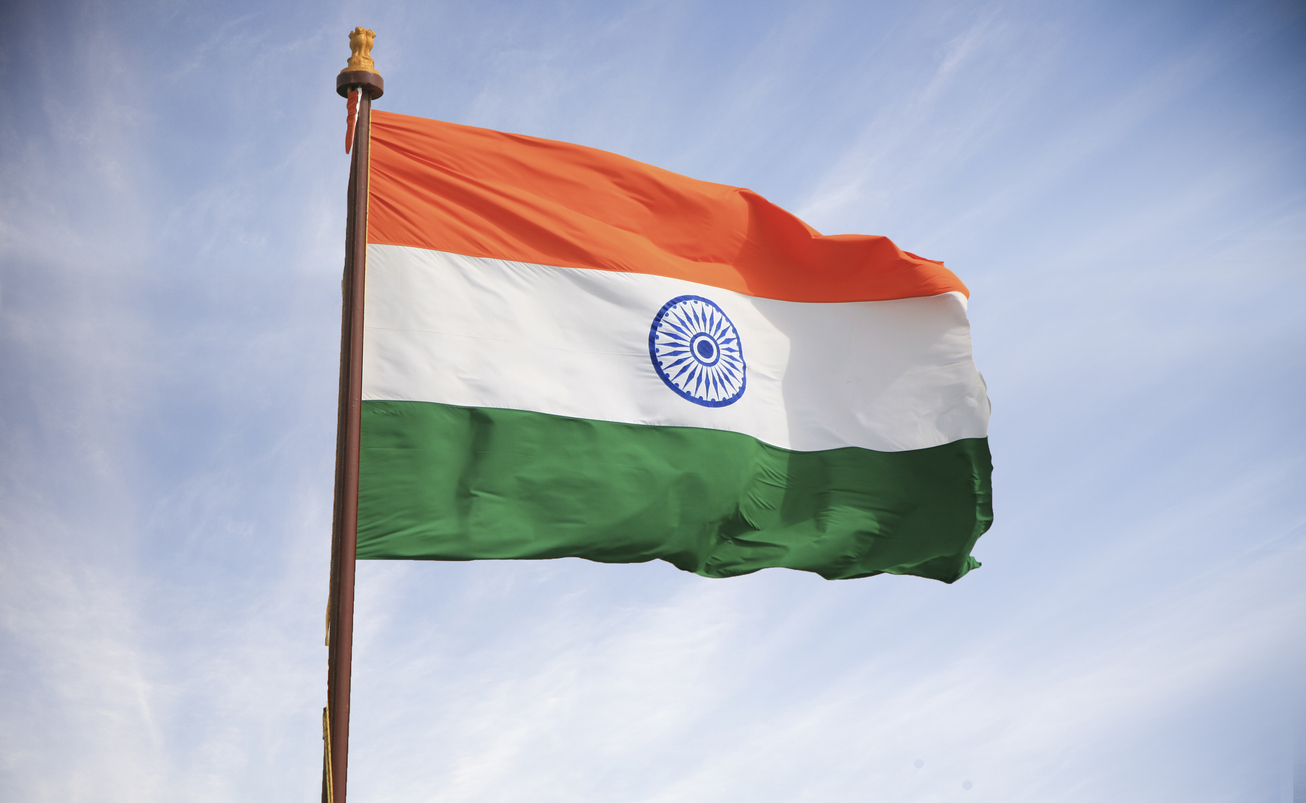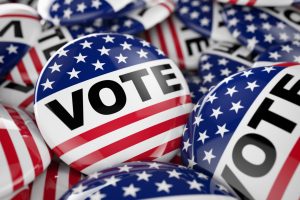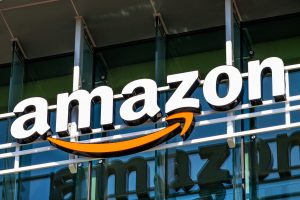The Scoop: This is what happened when India banned TikTok
Plus: The fight for the future of American steel; weird brand collabs make for great PR.

The battle over the fate of TikTok in the United States continues to rage. China is already signaling that it will not meekly permit the sale of one of its most prized homegrown assets, the Wall Street Journal reports. The Chinese government’s communications with ByteDance, owner of the uber-popular app, indicate the government would see the app banned in the U.S. before they allow its sale to an American company.
And who would buy the app is an open question. Many are interested, of course, but there are obstacles. CNN reports that obvious suitors like Meta, Alphabet, Microsoft or Amazon could face antitrust concerns were they to purchase TikTok. But several groups of buyers are also interested, including one led by former Activision Blizzard CEO Bobby Kotick and another by former Treasury Secretary Steve Mnuchin, reports indicate.
Remember: a sale isn’t yet imminent. The bill to force a sale or face a ban has passed the House but faces an uncertain future in the Senate. Still, let’s gaze into a crystal ball of what could happen if push comes to shove and TikTok suddenly disappears in the U.S..
A similar scenario played out in India in 2020. The reasons for the ban were different, resulting in fallout from border skirmishes between India and its neighbor China. In retaliation, TikTok and other Chinese-owned apps were banned overnight, leaving 200 million users of the app without their favorite scrolling habit.
CNN reports that initially, several homegrown apps sprung up, trying to become the new home for all those users. But they eventually fizzled and the big players in the microvideo space, such as YouTube Shorts and Instagram Reels, ultimately reaped the rewards.
But others simply couldn’t match the magic of TikTok.
“The way one was gaining reach and followers on TikTok is [still] incomparable to any other platform out there at the moment,” Clyde Fernandes, executive director— artist management at influencer marketing and manager firm Opraahfx, told CNN.
Why it matters: If TikTok is banned, there will be no exact replacement. Just look at how many competitors have tried to match the glory days of Twitter – and all have fallen short.
But that doesn’t mean its function as a PR, marketing and influence tool can’t be replaced. As India found, Shorts and Reels already have essentially the exact same function, albeit without that magical algorithm that keeps users constantly scrolling. If you aren’t already posting short-form content on these alternative platforms, this is the time. Don’t wait until everyone is trying to build an audience there.
It’s entirely possible the Senate will get cold feet and this will all blow over. But the very uncertainty of this ongoing situation and how many different near-death blows have struck TikTok mean it’s inherently unstable and unreliable. Don’t rely on any one platform for your social media and PR success. Keep a healthy mix of tactics going, and always have your plan B ready to roll.
Editor’s Top Reads:
- In other high-stakes international acquisition news, Nippon Steel, Japan’s largest steel manufacturer, seeks to buy U.S. Steel, and American politicians aren’t happy about it, NBC News reports. President Joe Biden says that U.S. Steel should remain owned by, well, the U.S., while Nippon Steel is taking a smart PR tactic of claiming that the acquisition would strengthen the U.S. against China. “Through increased financial investment and the contribution of our advanced technologies to U.S. Steel, Nippon Steel will advance American priorities by driving greater quality and competitiveness for customers in the critical industries that rely on American steel while strengthening American supply chains and economic defenses against China,” a statement from Nippon Steel reads. It’s a clever PR tactic, even if exporting steel manufacturing [exporting ownership of one of the biggest companies, not exporting actual manufacturing?] to another country to strengthen America’s national security seems counterintuitive. We’ll continue to see how the U.S. and Japan wrestle with the court of public opinion.
- Elon Musk and Sam Altman’s OpenAI are also duking it out in the PR realm – and Musk is winning, according to Business Insider. Legal experts agree that a recent lawsuit from Musk against OpenAI for forsaking its non-profit roots will likely be dismissed, but it’s still striking blows against the AI giant. The media coverage generated for Musk’s own xAI due to the lawsuit has rocketed him ahead of the competition, helping the public and other stakeholders become familiar with his competitor – and fast “Elon Musk is the best PR stuntsman I’ve ever seen,” Kyle Arteaga, CEO of tech PR company The Bulleit Group, told Business Insider. “Elon doesn’t care about winning this lawsuit, all he’s doing is stealing OpenAI’s media attention and putting a sliver of doubt in developers’ heads.”
We’re not recommending lawsuits as a PR tactic – but be aware they could be used against you.
- Finishing off on a lighter note, collaborations that combine seemingly unrelated products into creative (and often disgusting) mashups are becoming more and more popular as both a PR tactic and a way of driving actual sales. The BBC points to products like Hidden Valley Ranch flavored Burt’s Bees lip balm and Kentucky Fried Chicken Crocs as examples of how going “unhinged” can pay off with both earned media and earned sales A collab between Absolut vodka and Heinz for a vodka-infused pasta sauce resulted in 500 million earned media impressions and 7.1 million organic impressions on TikTok. What partnerships exist that you can tap into, even if they seem insane?
Allison Carter is editor-in-chief of PR Daily. Follow her on Twitter or LinkedIn.







